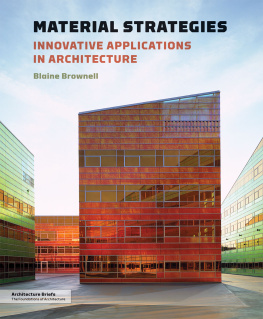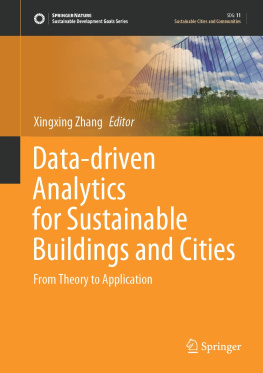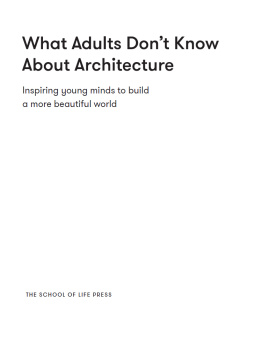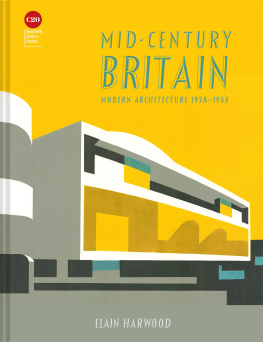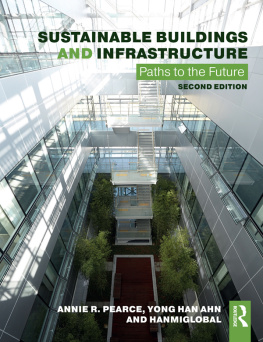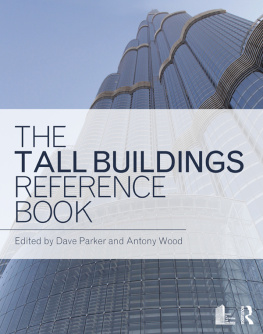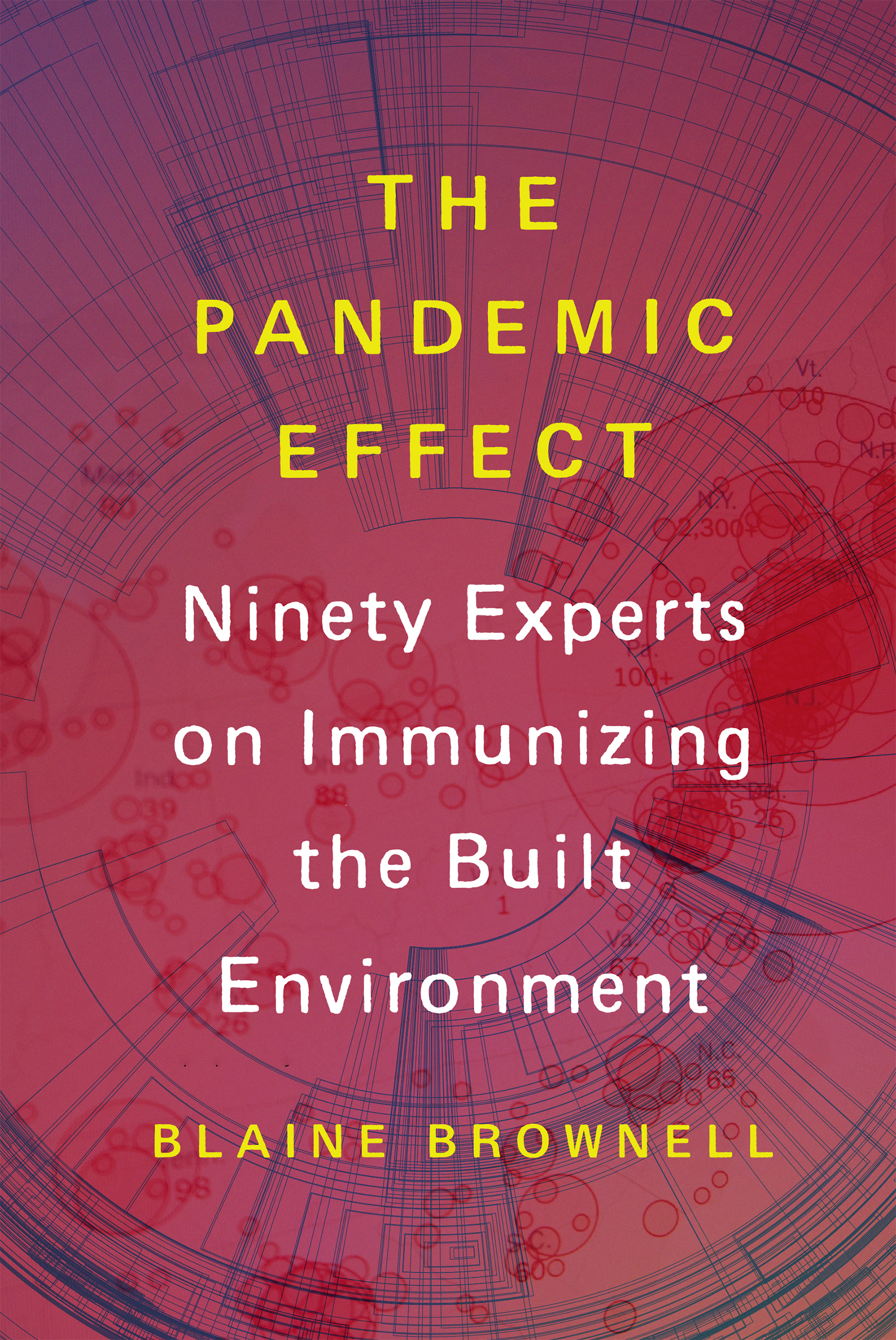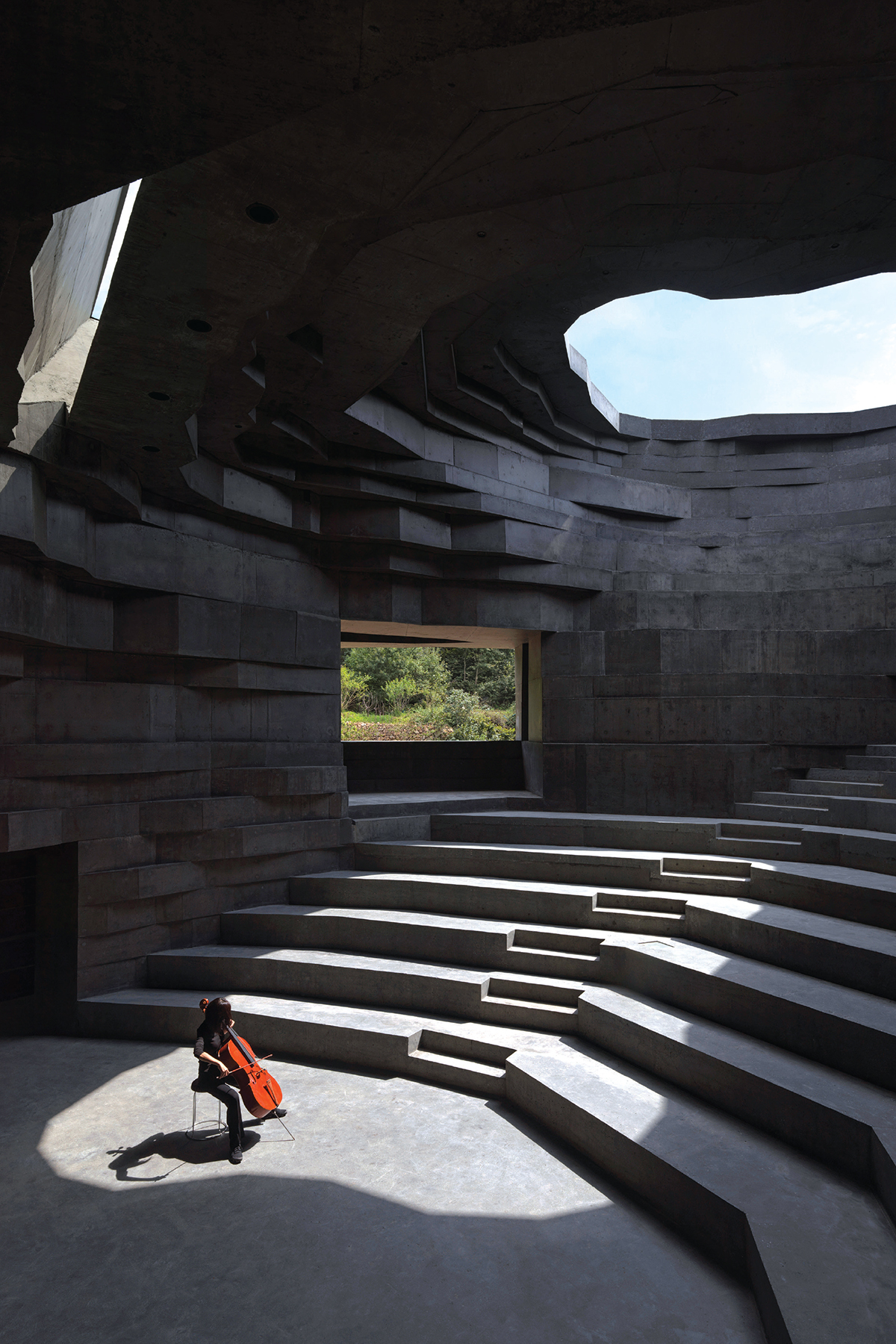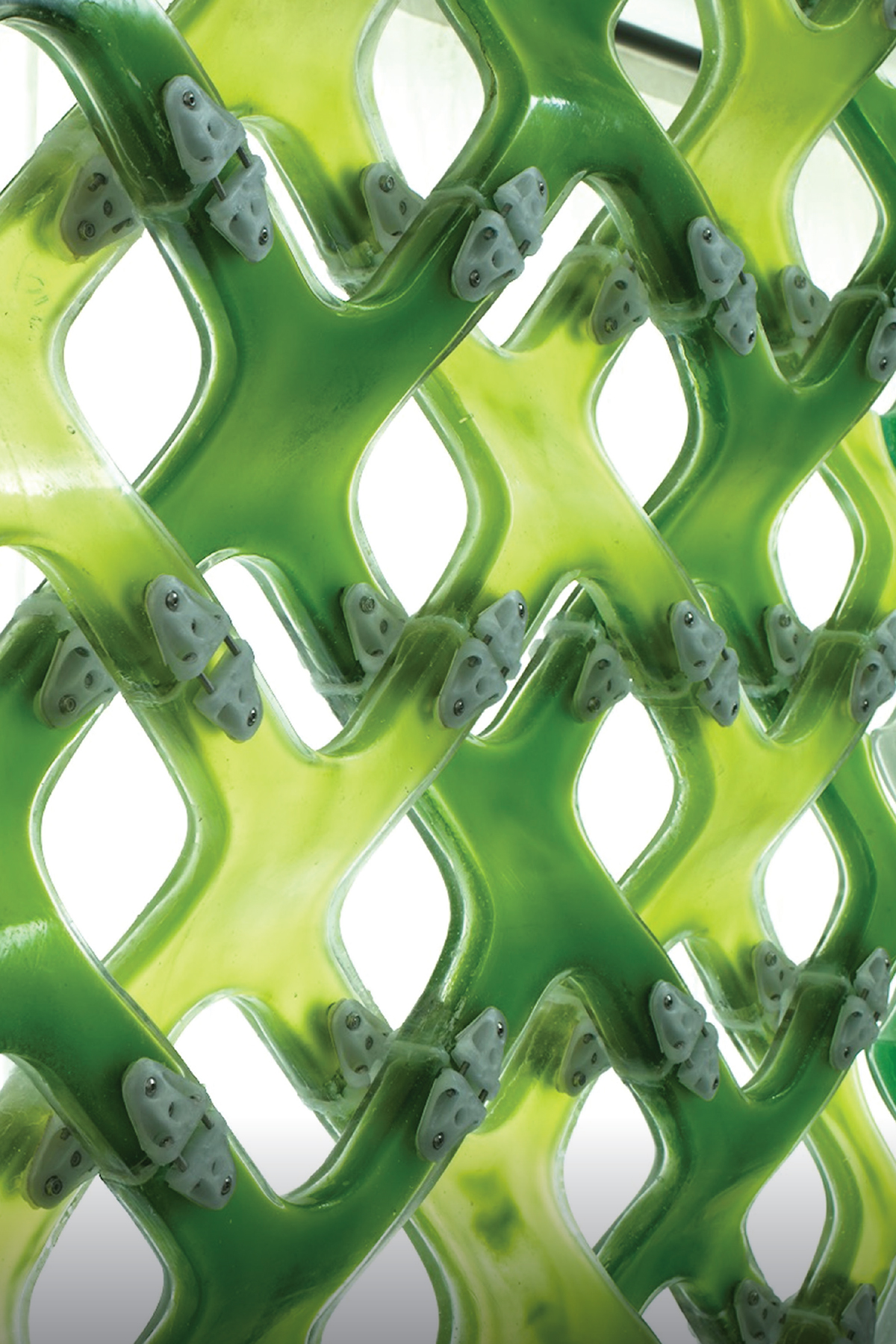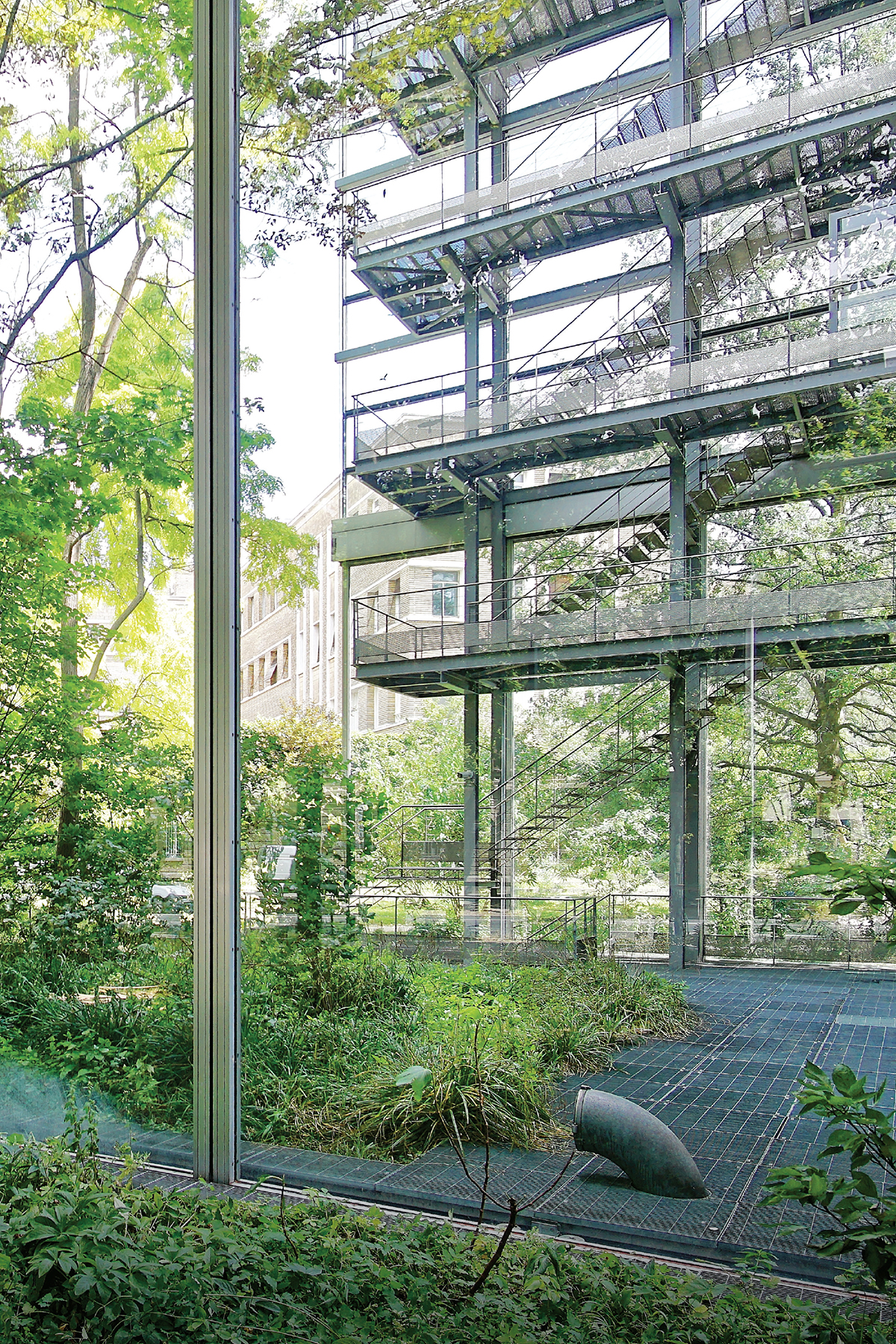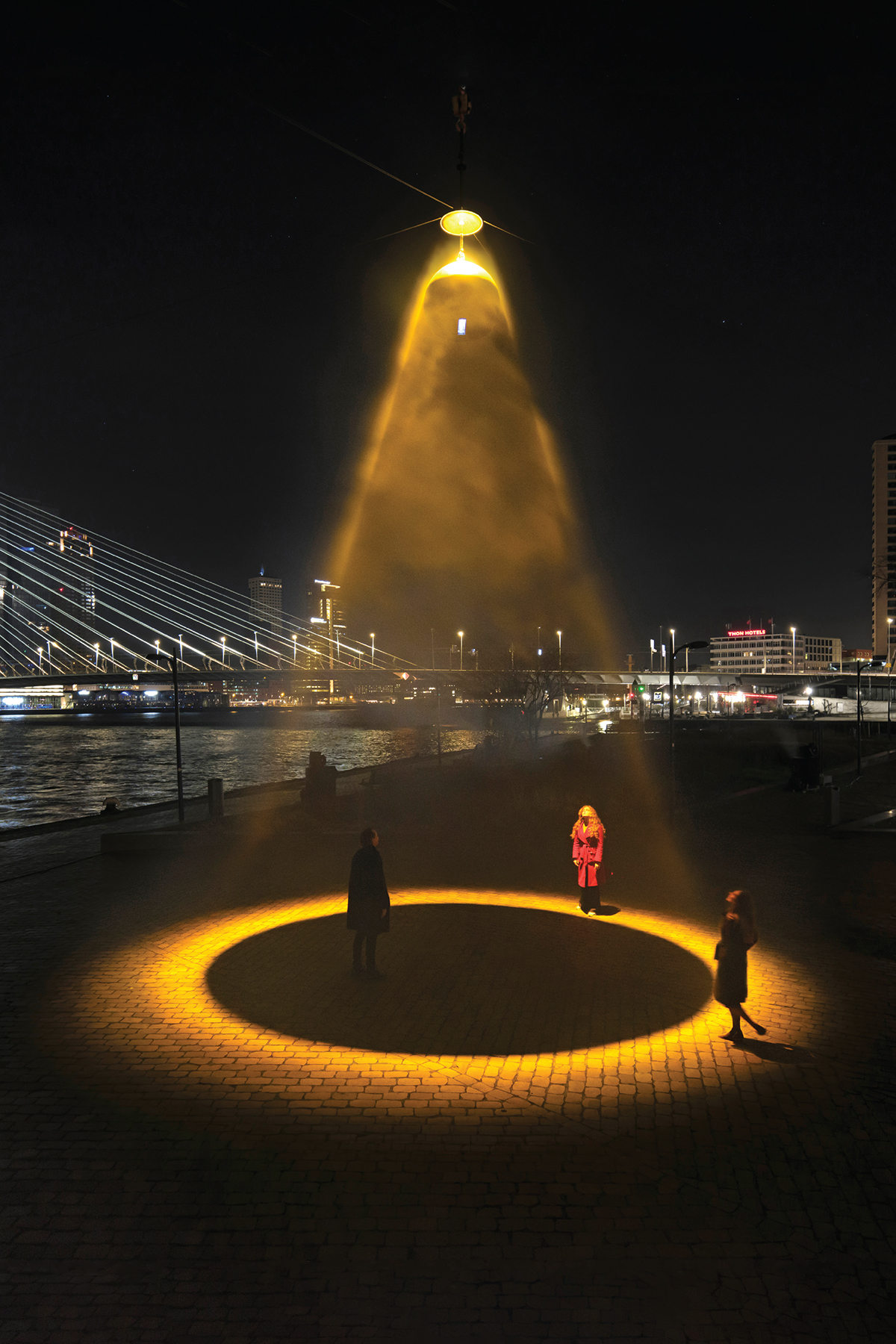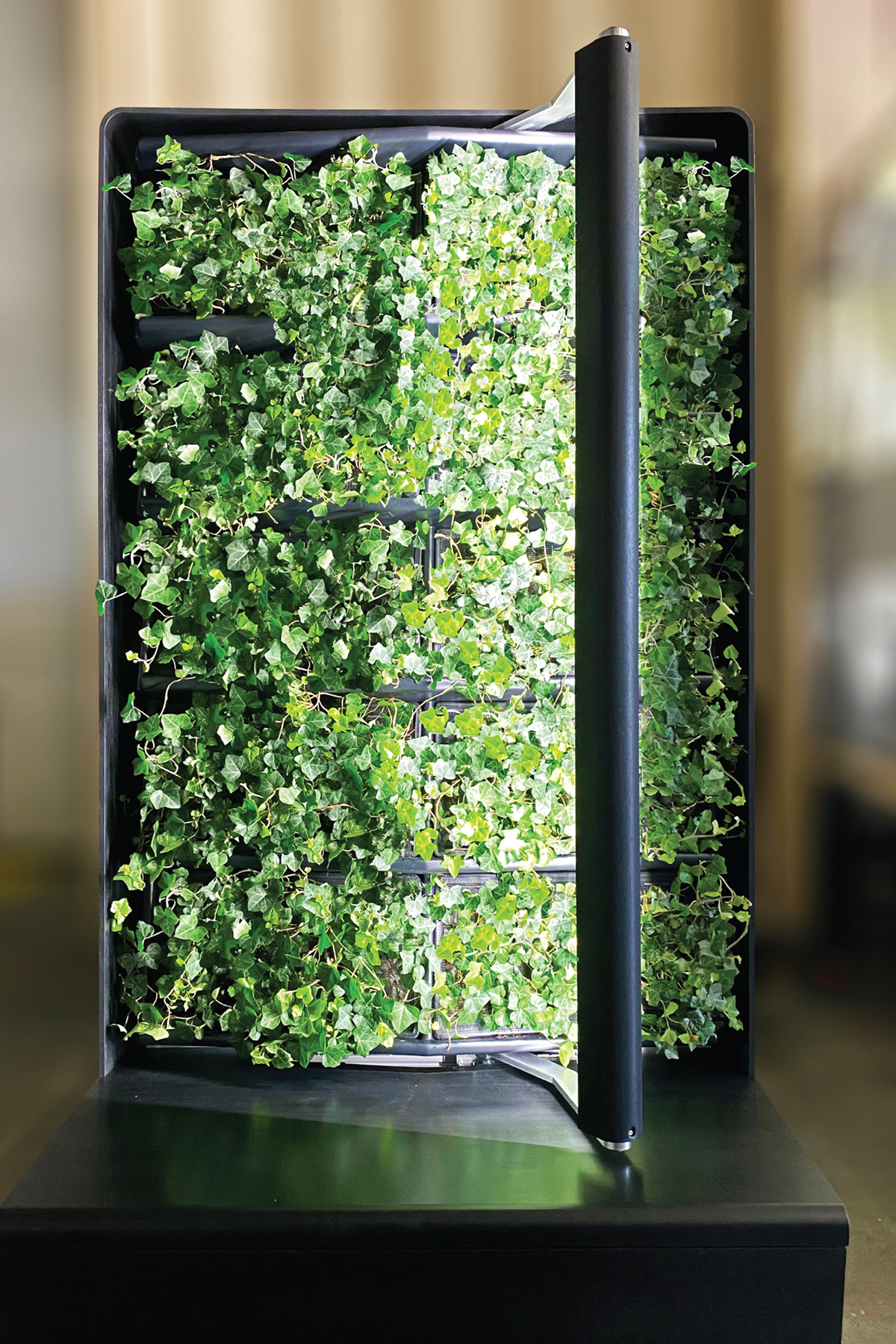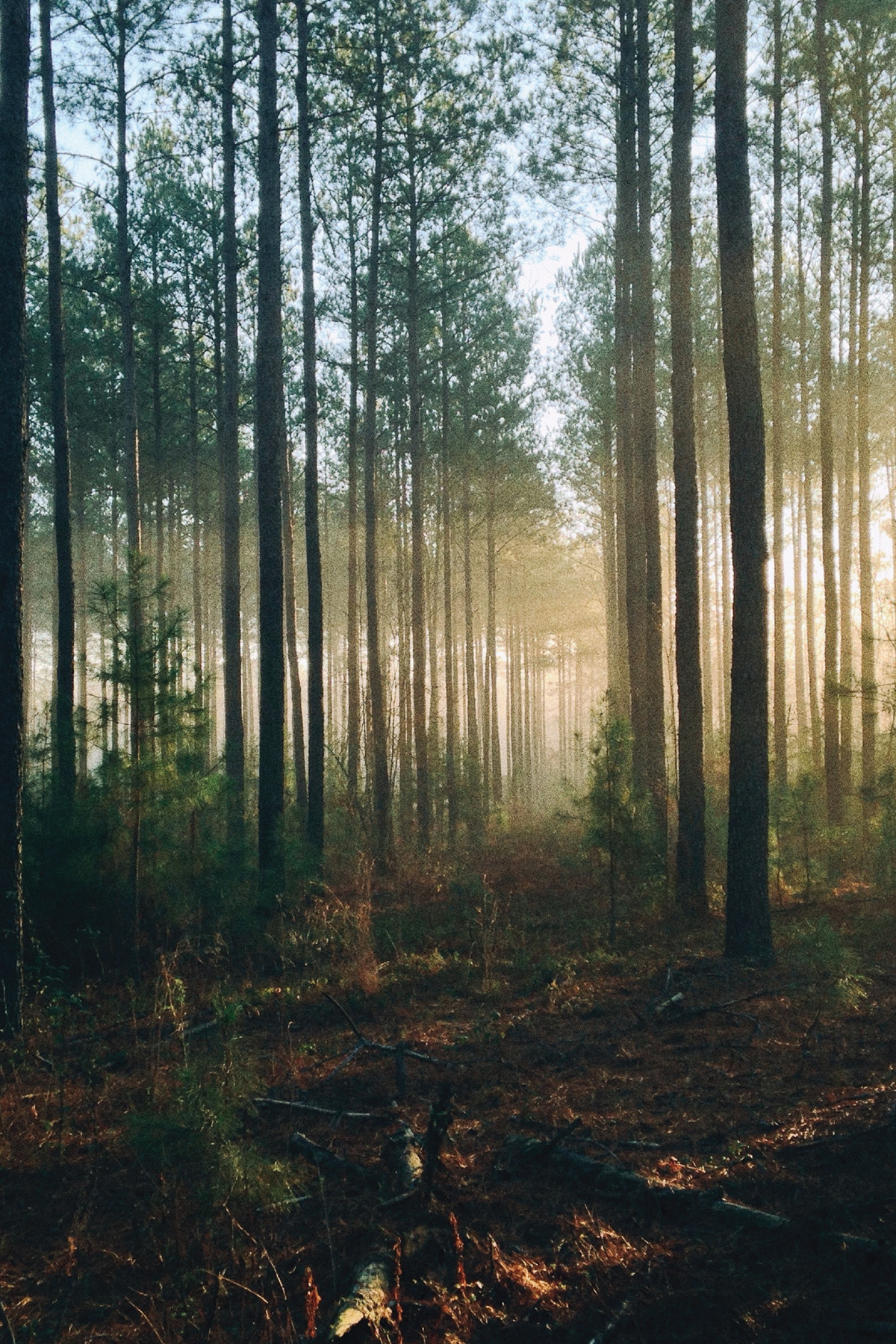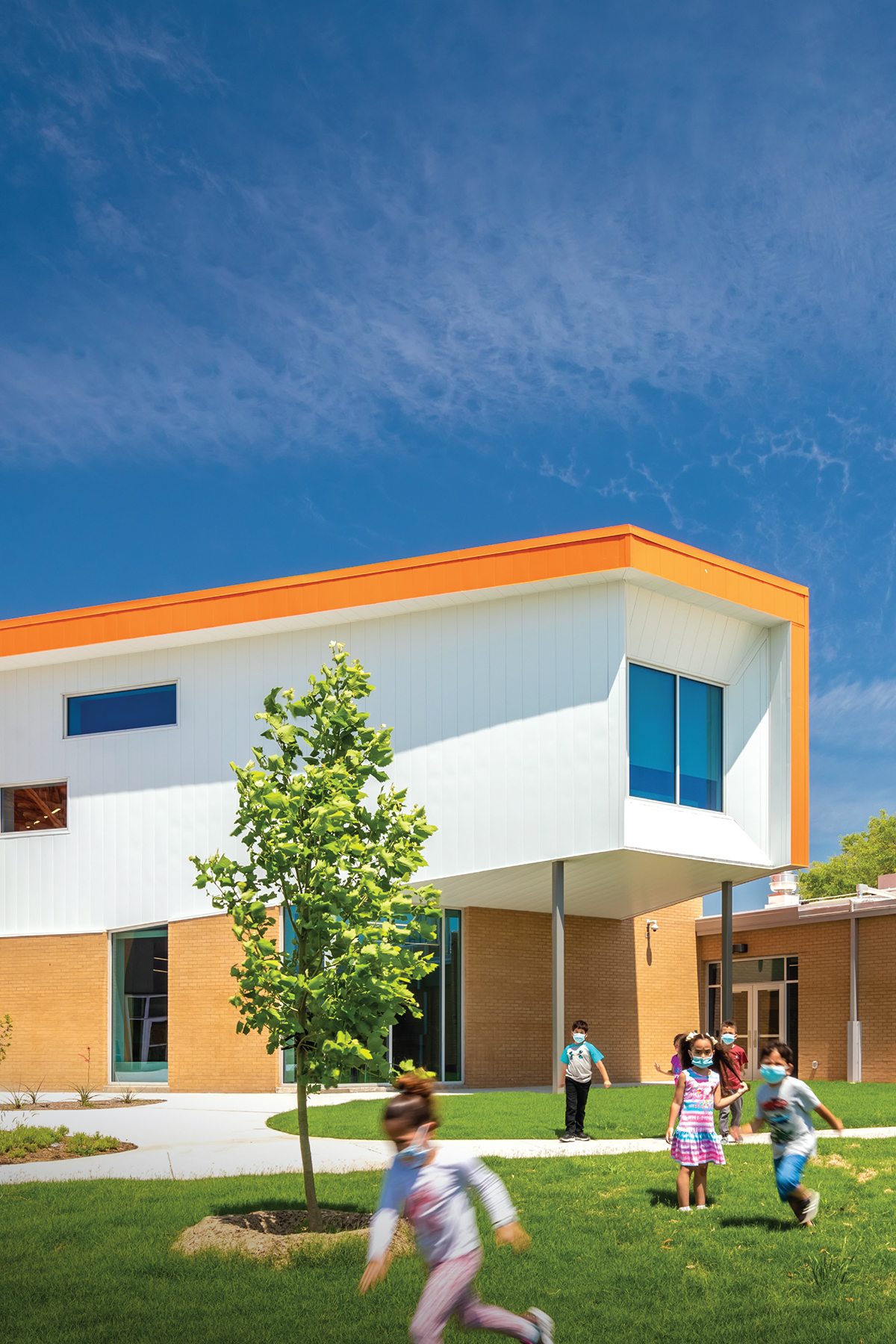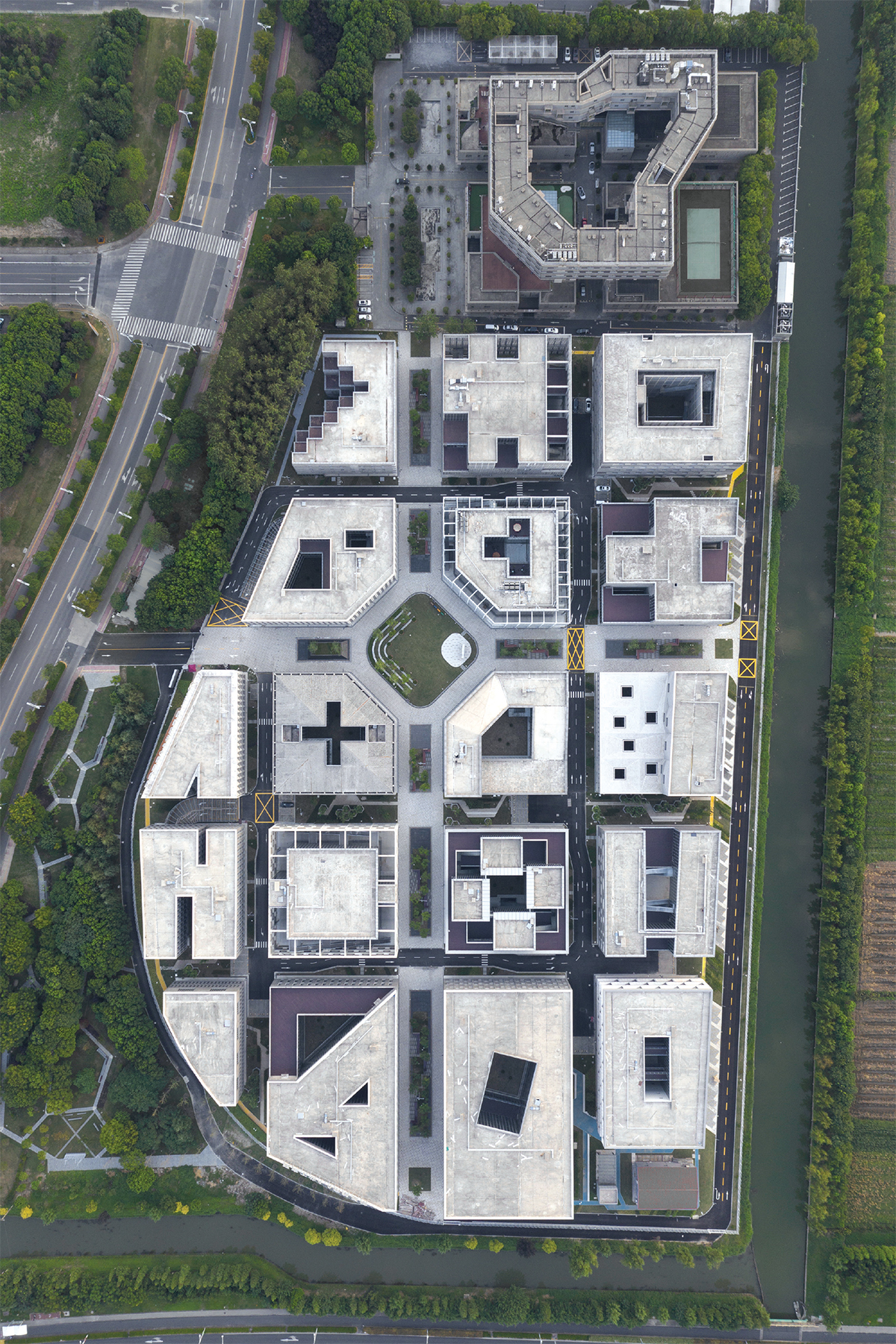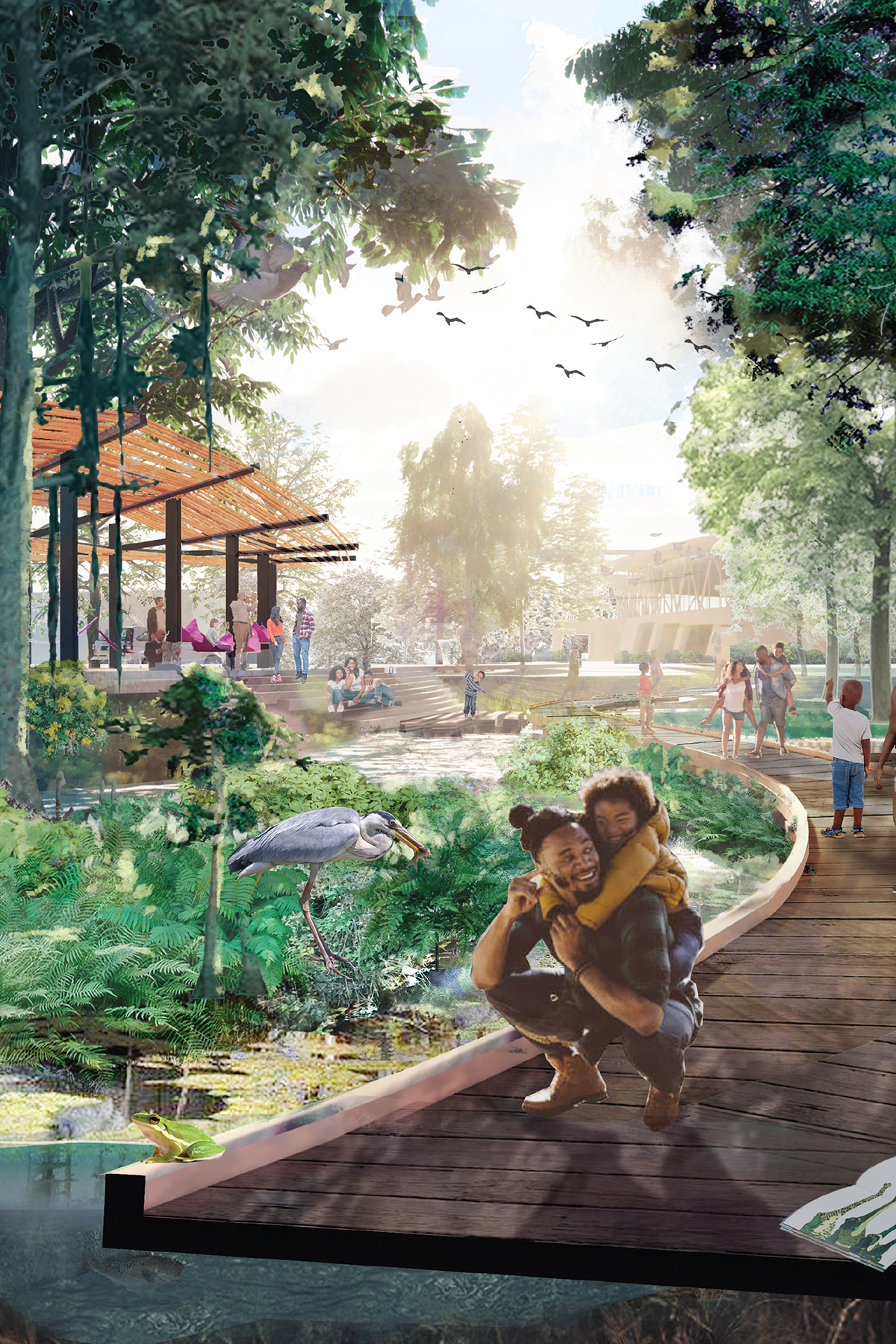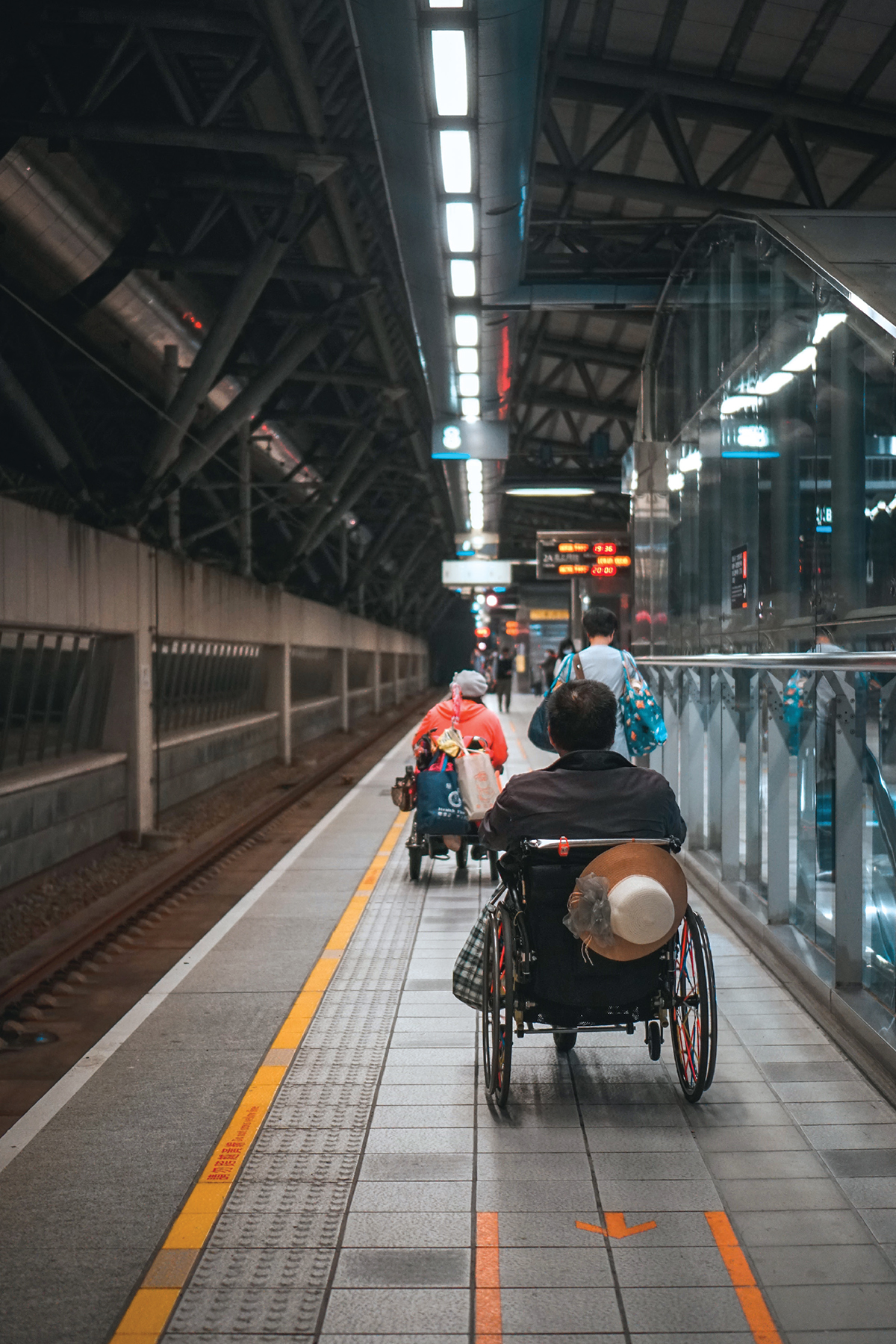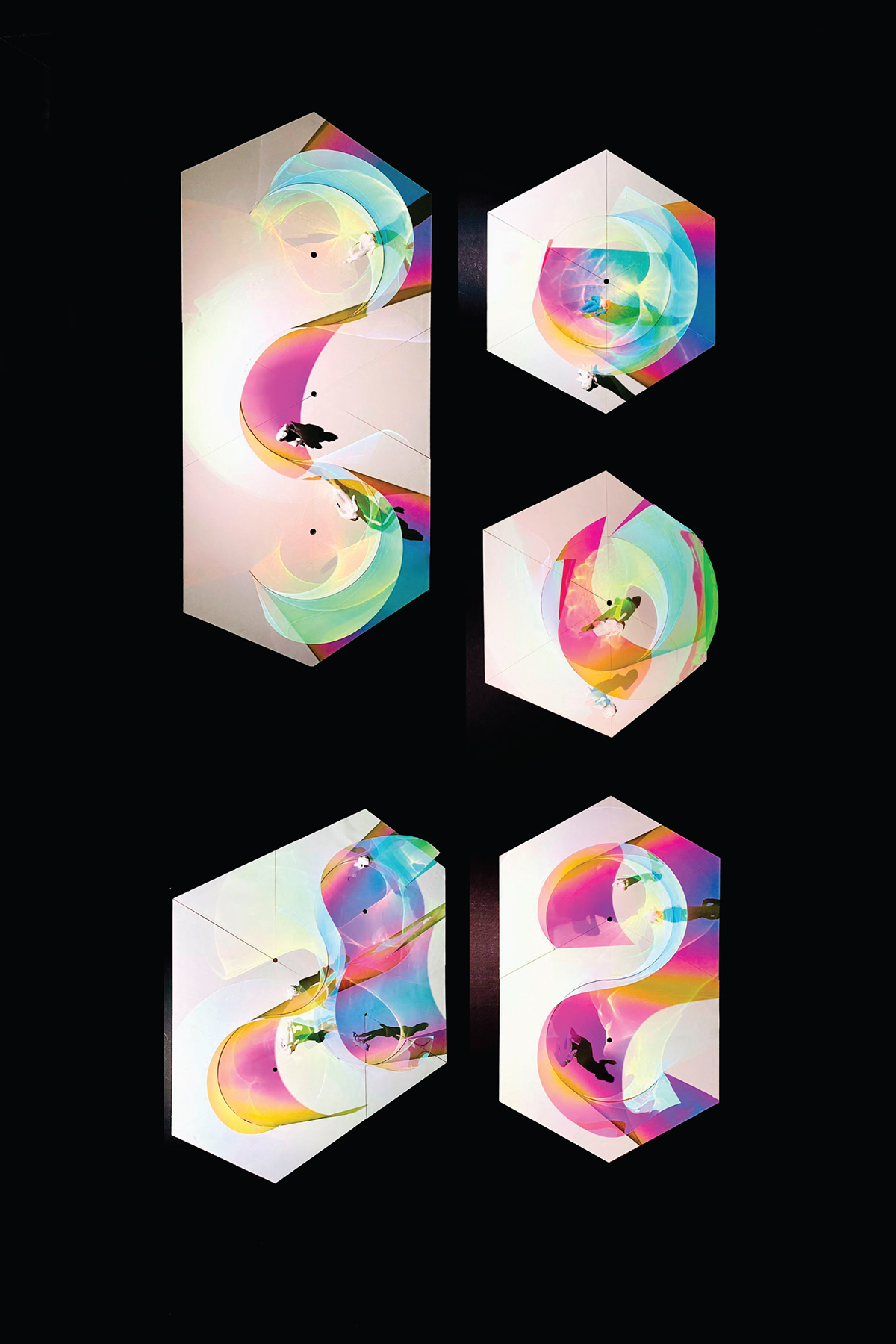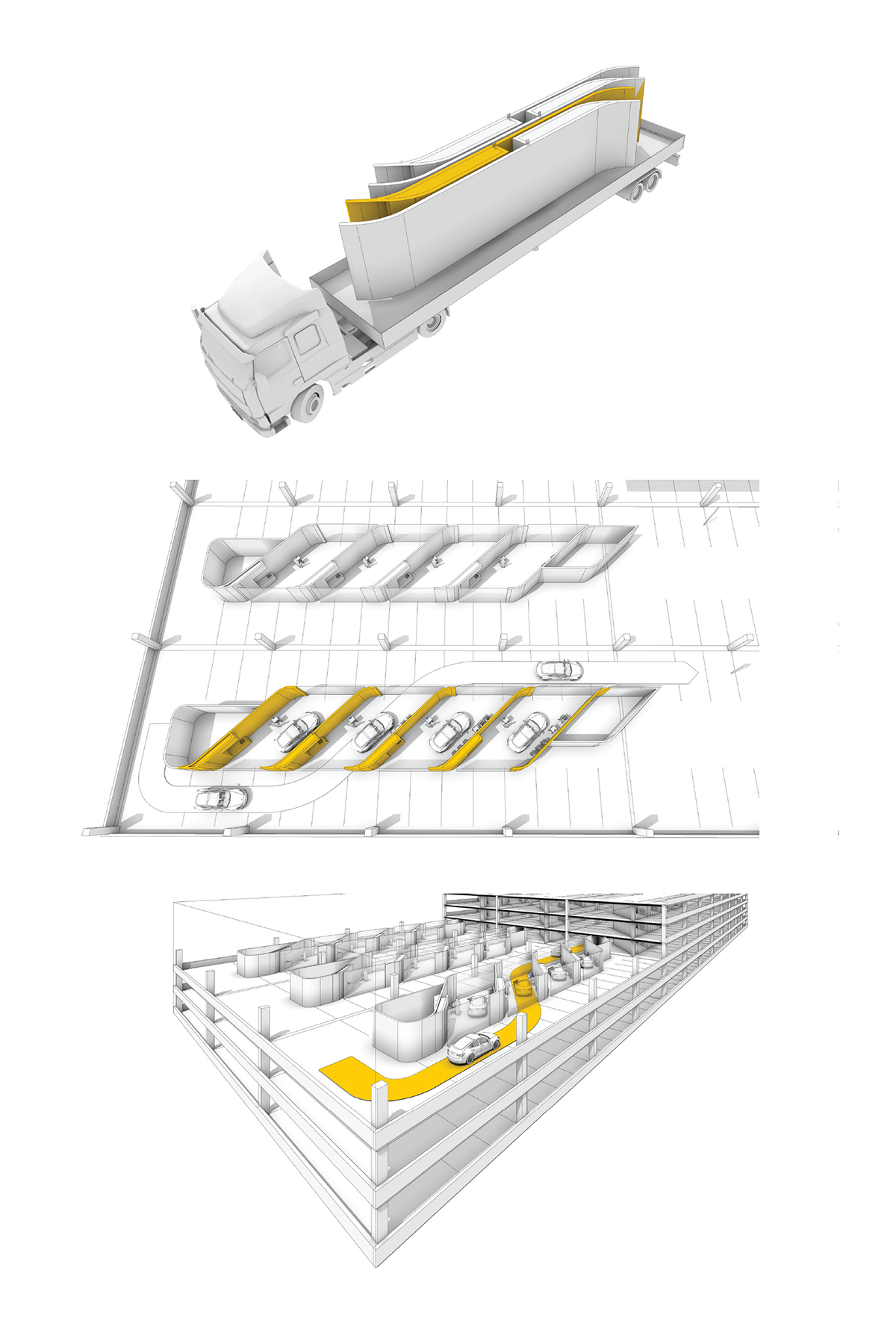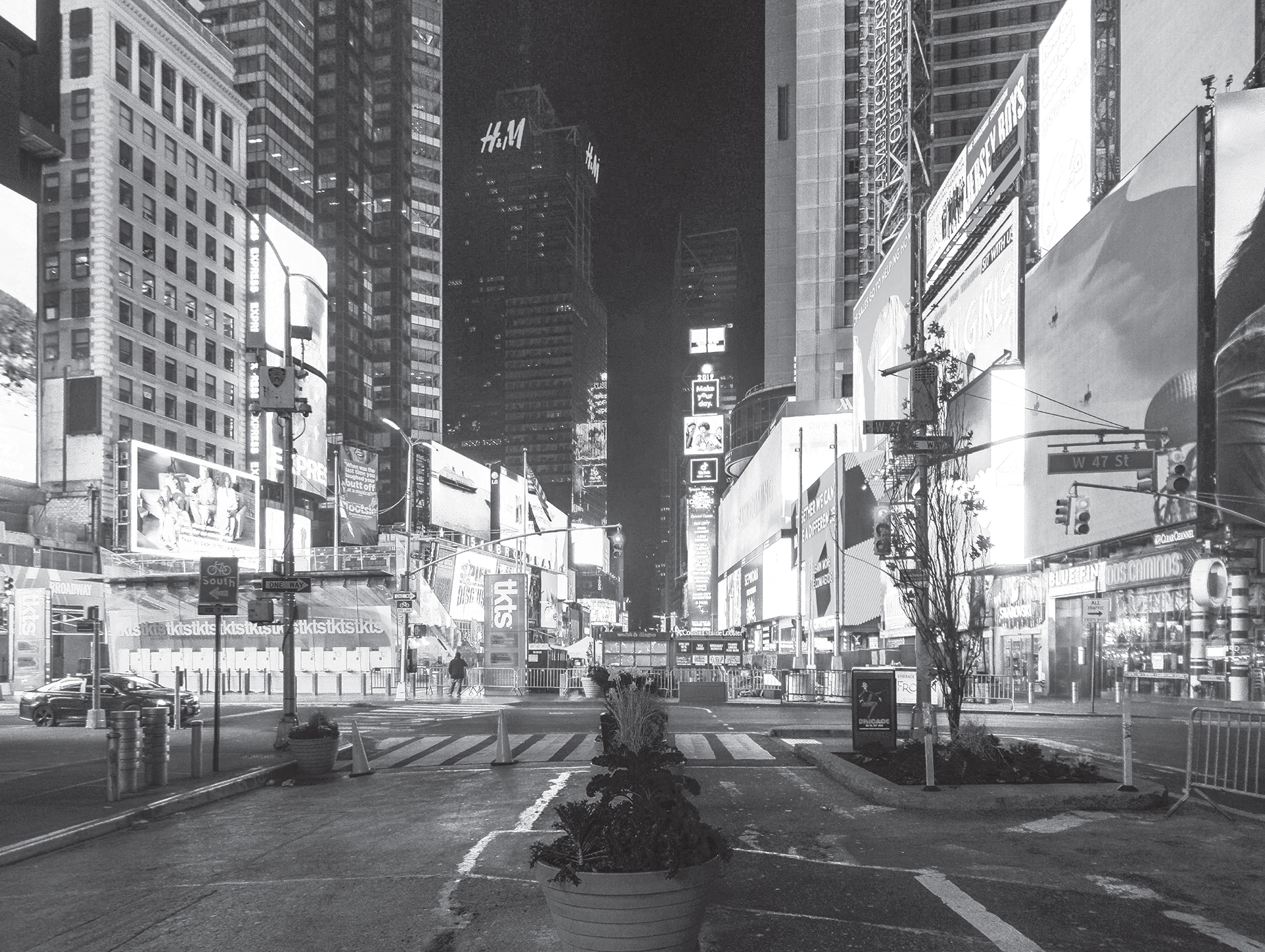Blaine Brownell - The Pandemic Effect: Ninety Experts on Immunizing the Built Environment
Here you can read online Blaine Brownell - The Pandemic Effect: Ninety Experts on Immunizing the Built Environment full text of the book (entire story) in english for free. Download pdf and epub, get meaning, cover and reviews about this ebook. City: Princeton, year: 2023, publisher: Princeton Architectural Press, genre: Art / Science. Description of the work, (preface) as well as reviews are available. Best literature library LitArk.com created for fans of good reading and offers a wide selection of genres:
Romance novel
Science fiction
Adventure
Detective
Science
History
Home and family
Prose
Art
Politics
Computer
Non-fiction
Religion
Business
Children
Humor
Choose a favorite category and find really read worthwhile books. Enjoy immersion in the world of imagination, feel the emotions of the characters or learn something new for yourself, make an fascinating discovery.

- Book:The Pandemic Effect: Ninety Experts on Immunizing the Built Environment
- Author:
- Publisher:Princeton Architectural Press
- Genre:
- Year:2023
- City:Princeton
- Rating:4 / 5
- Favourites:Add to favourites
- Your mark:
The Pandemic Effect: Ninety Experts on Immunizing the Built Environment: summary, description and annotation
We offer to read an annotation, description, summary or preface (depends on what the author of the book "The Pandemic Effect: Ninety Experts on Immunizing the Built Environment" wrote himself). If you haven't found the necessary information about the book — write in the comments, we will try to find it.
Safety and sustainability in buildings and cities have taken on new meaning during the COVID -19 pandemic. Buildings became magnifiers of contagion instead of shelters for protection. In this essential resource for both practitioners and students of architecture, interior design, and urban design, 90 of the worlds leading experts investigate a variety of approaches to future-proof architecture and buildings against widespread disease.
These inoculation strategies are organized into five chapters: Histories offers an overview of past pandemics and prior architectural approaches; Inside / Outside addresses the roles of building envelopes and mechanical systems in improving indoor environmental quality; Interventions consists of contemporary methods for direct prevention and control; New Strategies consists of various architectural analyses and proposals for design changes; and The Public Realm considers the urban landscape and related social questions. This broad collection of perspectives explores the transformations underway in the built environmentand offers design strategies to limit the severity of subsequent pandemics.
Blaine Brownell: author's other books
Who wrote The Pandemic Effect: Ninety Experts on Immunizing the Built Environment? Find out the surname, the name of the author of the book and a list of all author's works by series.

